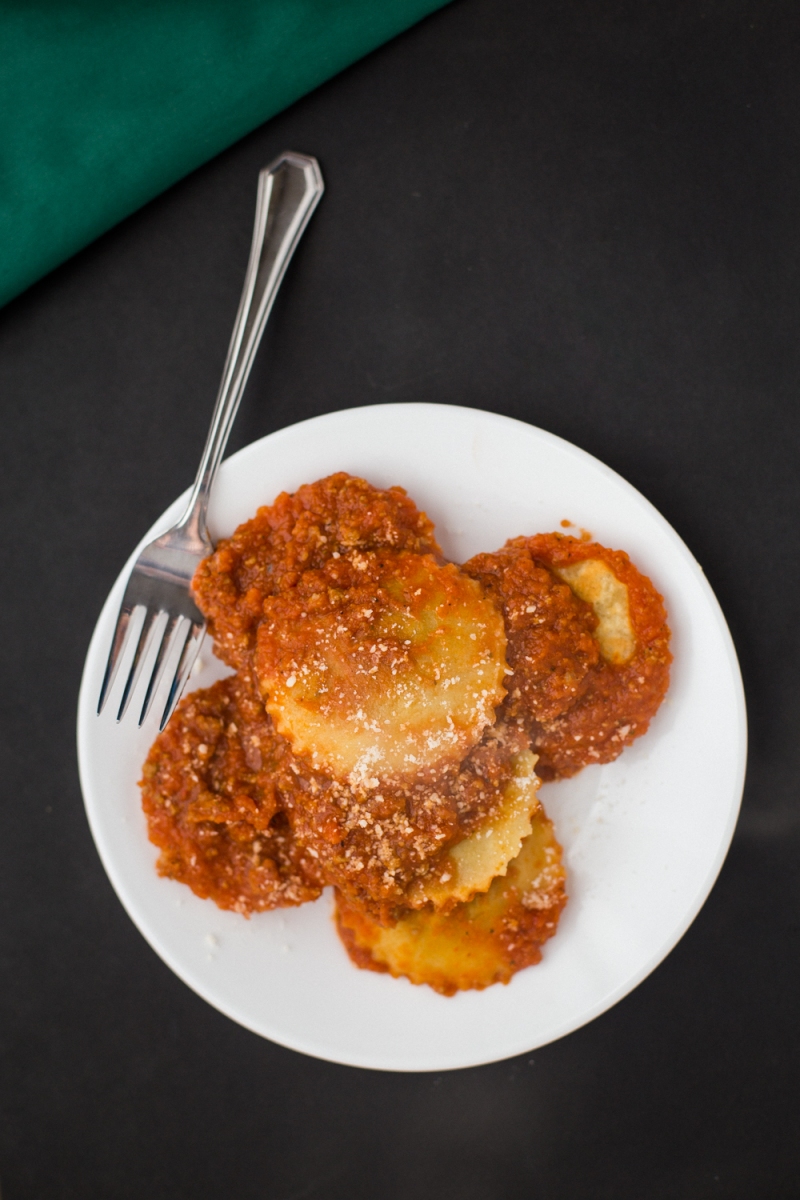
Chicken Cacciatore (Pollo alla Cacciatora) is a traditional Italian dish. The word “Cacciatora” translates to “Hunter” in English, as this dish was originally used to prepare rabbit and gamefowl. Today, variations that feature rabbit meat still abound.
The story goes that this “hunter’s stew” consisted of ingredients you could find in the forest or open fields. Many American versions of this dish have been altered considerably from their source material; breaded, fried chicken cutlets are often smothered in a marinara sauce (not unlike Chicken Parmesan, really). Italian versions often feature tomatoes but not overwhelmingly so; instead they’re a complement to other vegetables like onion, mushrooms, carrot, and bell pepper. Northern Italian variations of this dish use white wine, while Southern Italians use red wine.
Typically, this dish is prepared with a broken-down whole chicken. I’m down for that, but at the same time, I’m always concerned about the different cooking times for dark meat and finicky chicken breasts; instead, I prepared this recipe to feature thighs and drumsticks, so that everything comes together naturally.









